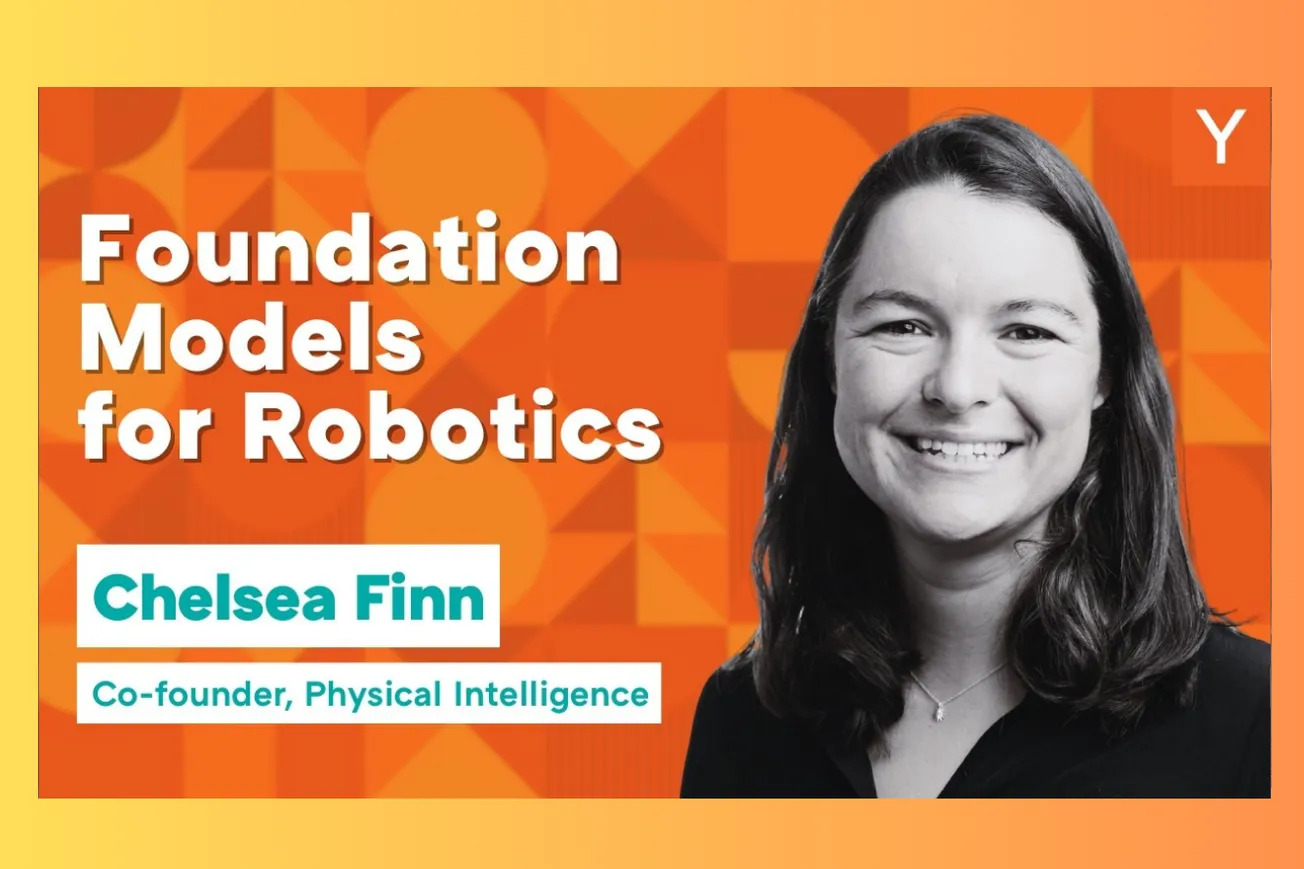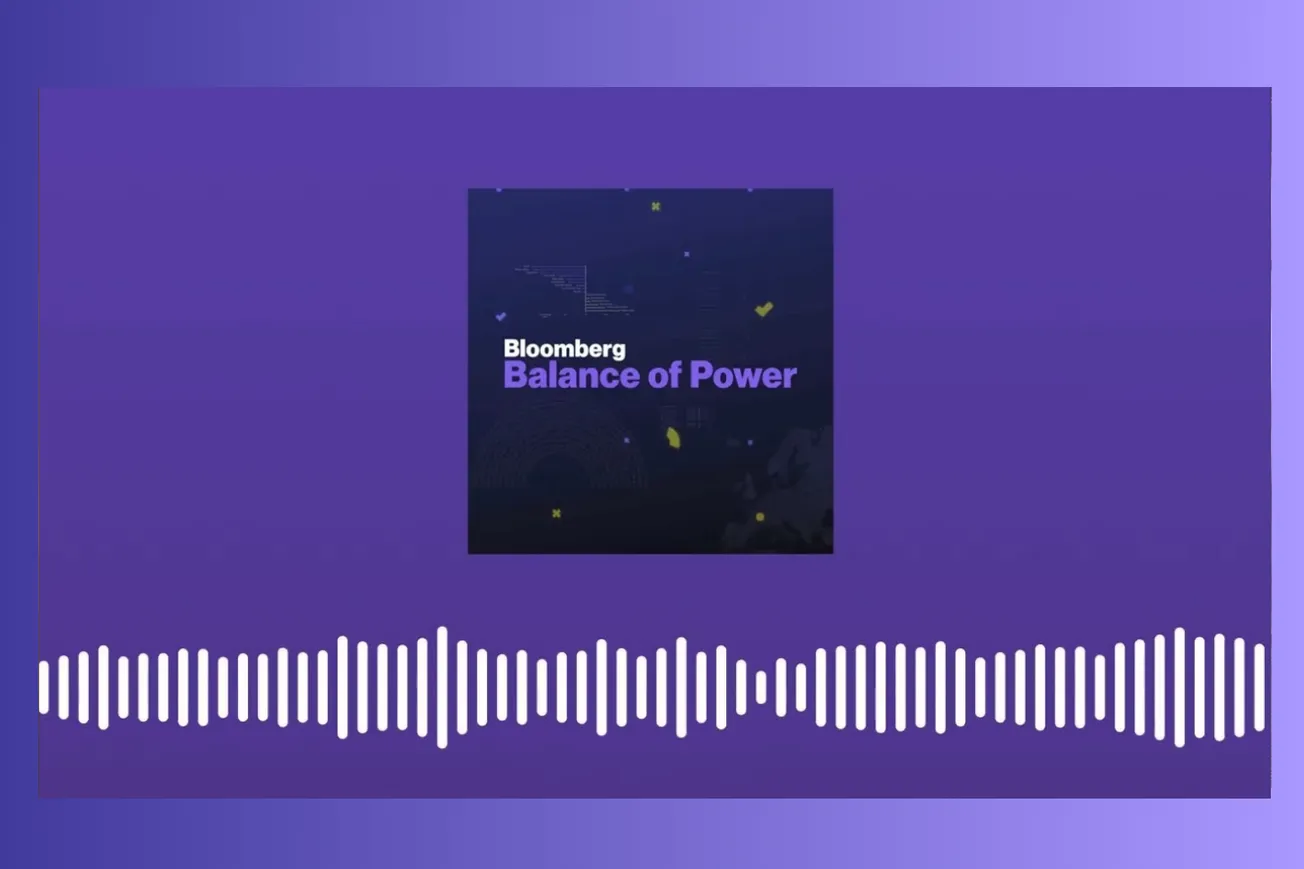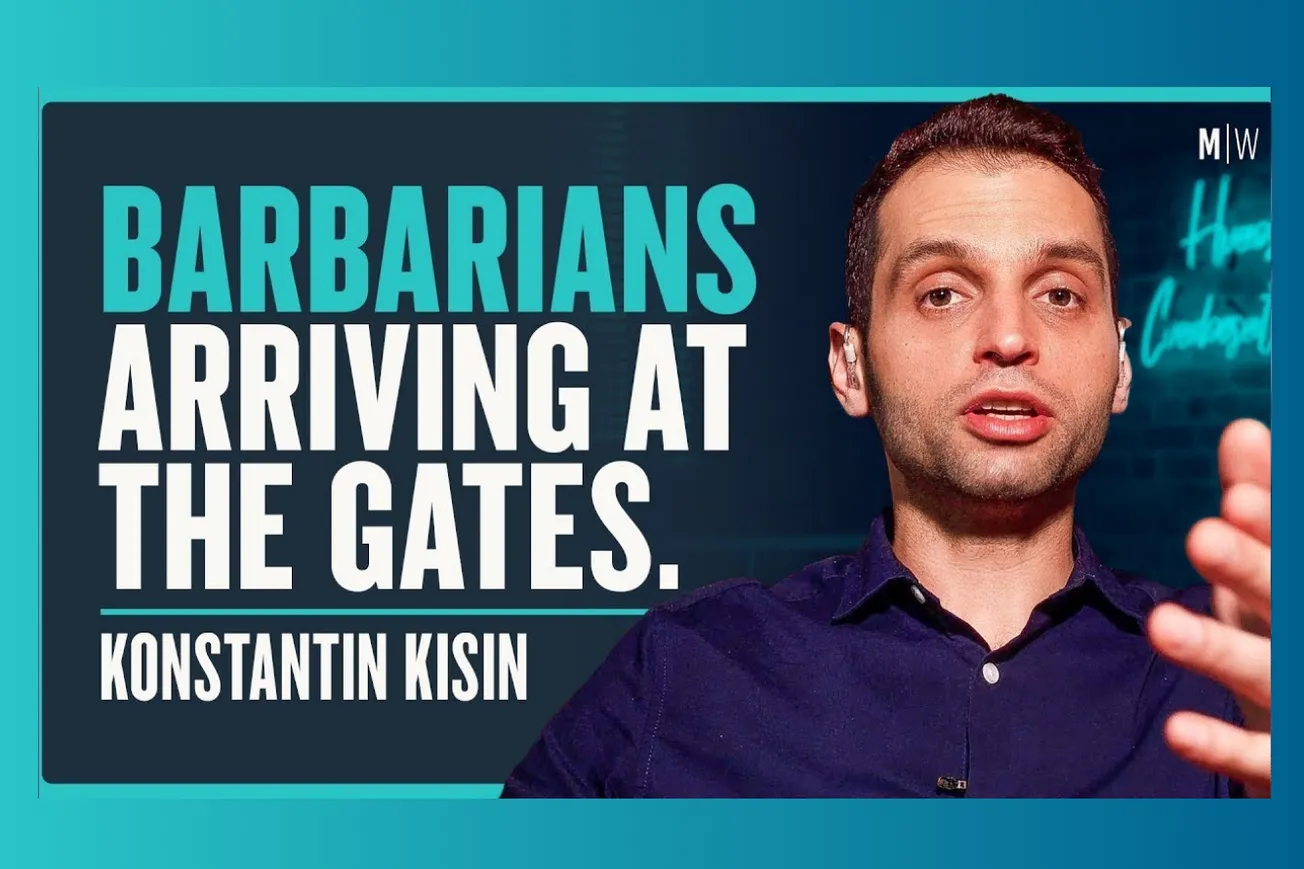Table of Contents
Product management careers require navigating different company stages, from negative growth turnarounds to zero-to-one innovation, while making counterintuitive decisions that prioritize business success over personal advancement.
Noam Lovinsky's journey through YouTube, Thumbtack, Facebook, and Grammarly reveals why the most successful PMs kill their own projects, ask to be demoted, and choose pain over comfort.
Key Takeaways
- Advocate for what's best for the business even when it threatens your own position—healthy organizations reward this strategic thinking over self-preservation
- Ask to be layered under better managers when you're struggling rather than trying to fake competence you don't yet have
- Growth masks fundamental business problems; negative growth periods force teams to confront what's actually working versus what's burning through demand
- Single-channel growth dependence creates existential risk—diversify growth channels before you're forced to during a crisis
- Zero-to-one innovation within large companies requires different incentive systems, infrastructure flexibility, and protection from standard corporate processes
- Consumer subscription success requires products that make users better instantly with zero configuration while meeting them exactly where they already work
- Prioritize career opportunities that will stretch and challenge you over those that feel comfortable or guarantee immediate success
- Everyone on the leadership team must engage with product strategy during crisis periods—product managers can't solve turnarounds in isolation
- Bootstrap mentality forces teams to think about revenue impact from day one, creating sustainable business discipline that venture funding often delays
Timeline Overview
- 00:00–22:30 — YouTube Lessons: Joining through acquisition, advocating to kill his own 50-engineer project, asking to be demoted under a better manager, and learning business-first thinking
- 22:30–45:15 — Thumbtack Turnaround: How single-channel SEO dependence led to negative growth, rebuilding the entire product experience from high-friction to instant quotes, and the "prettiest smile graph"
- 45:15–58:40 — Facebook Innovation Challenges: Building the New Product Experimentation team, why it didn't create the next Instagram, and the structural barriers to zero-to-one innovation at scale
- 58:40–72:25 — Grammarly Success Formula: Why consumer subscription works when products make users instantly better, the power of bootstrap mentality, and operating through wartime in Ukraine
- 72:25–END — Career Philosophy: Choosing growth and learning over comfort, finding work that gives you energy, and balancing stretch challenges with core competencies you can rely on
The Counterintuitive Path: Killing Your Project and Demoting Yourself
Most product managers spend their careers trying to grow their teams and expand their influence. Noam's early YouTube experience demonstrates why the opposite approach often leads to better outcomes.
- Within three months of joining YouTube through acquisition, he convinced leadership to cancel his 50-engineer project and reallocate resources to higher-priority initiatives
- This wasn't self-sabotage but strategic business thinking—looking at the broader roadmap and priorities revealed better uses for engineering talent
- The decision led to him leading one of YouTube's three focus areas (Creators, alongside Hunter Walk's Viewer team and Shashir Moitra's Advertiser team)
- Healthy organizations reward this kind of strategic thinking because it demonstrates understanding of business priorities over personal empire-building
The second counterintuitive move involved recognizing his own limitations and actively seeking better management structure rather than struggling in silence.
- When reporting directly to CEO Salar Kamanger, he felt completely lost by strategic questions that seemed "from a different planet"
- Instead of pretending to understand, he approached leadership and suggested reporting to Hunter Walk, combining organizations more effectively
- This voluntary demotion led to better support, faster learning, and eventually taking over the viewer product organization when Hunter moved on
- The key insight: asking for help and better structure accelerates growth faster than trying to fake competence you don't possess
These decisions worked because they demonstrated broader business understanding and alignment with organizational goals rather than narrow self-interest.
Growth Masks All Problems: The Thumbtack Turnaround Story
Thumbtack's journey from triple-digit growth to negative growth and back to "the prettiest smile graph" reveals how misleading growth metrics can be when they hide fundamental product issues.
- The company had built incredible SEO-driven growth but was essentially "burning through demand" by dropping it on the floor due to insufficient supply liquidity
- Triple-digit growth masked the core problem: customers would submit job requests, wait 24 hours for responses, and often never hear back from qualified providers
- Google's algorithm changes exposed this weakness instantly, creating the first negative year-over-year growth in company history while they were simultaneously rebuilding the product
- The crisis forced examination of what was actually working versus what was just riding a favorable distribution channel
The fundamental product experience needed complete reconstruction around instant gratification rather than high-friction waiting periods.
- The old model required customers to submit detailed job requests, wait 24 hours, and hope providers would pay to quote for their projects
- Providers paid upfront to appear to customers without guarantee of conversion, creating unfair revenue dynamics and frustrated supply
- The new system enabled instant quotes similar to Airbnb's shift from request-to-book to instant booking, but across thousands of micro-marketplaces
- Each category and location combination (DJs in Philadelphia, contractors in Sonoma) required separate optimization while maintaining the overall platform architecture
The growth channel diversification happened simultaneously with product rebuilding, creating the classic "changing the engine while the plane is flying" scenario.
- Thumbtack had previously tried and abandoned paid channels, but the crisis forced going back to first principles on Facebook, SEM, and referral programs
- The targeting approach shifted from narrow market-by-market campaigns to broader data aggregation that let platforms like Google optimize automatically
- Strong existing SEO performance provided foundation for SEM success, while eventually expanding to Facebook and other paid channels
- The lesson: don't wait for crisis to diversify growth channels when you're dependent on a single source like SEO
Why Facebook's Innovation Lab Didn't Build the Next Instagram
Facebook's New Product Experimentation team represented one of the most well-funded attempts at creating "startup within startup" innovation, but measuring success purely by discovering the next Instagram misses the broader organizational value.
- Large companies face structural barriers to zero-to-one innovation: it's nearly impossible to run experiments with 100 users when your normal experiment size is millions
- Product managers, engineers, and designers at scale can't talk directly to customers due to legal concerns, recruiting agencies, and layers of indirection
- Starting small and doing things that don't scale—essential for early product development—becomes organizationally impossible at Facebook or Google scale
- Creating space for different constraints and processes provided value even without discovering billion-dollar businesses
The team's real contributions included organizational learning, talent retention, and process innovation rather than just new product discovery.
- Ideas like Threads were constantly explored within NPE, though they weren't launched until much later under different circumstances
- The team served as a "recruiting tool" and "trash fence" to keep talented people who might otherwise leave for external startups
- Features and experiments could be validated faster without mainline product development constraints, eventually becoming features in other products
- The organizational learning about what makes zero-to-one innovation difficult proved valuable for future internal product development
The incentive system challenges highlight why most internal innovation efforts struggle compared to actual startups.
- Standard performance management cycles (twice-yearly reviews) create completely wrong incentives for zero-to-one work that requires longer time horizons
- Compensation structures based on salary and promotion cycles don't align with the massive risk/reward profiles that drive startup success
- Infrastructure constraints force teams to use existing systems rather than choosing optimal tools for specific problems
- Nike's approach of using completely different operating models and plugging successful experiments into distribution later offers a better framework
Grammarly's Consumer Subscription Success Formula
Consumer subscription businesses have an extraordinarily high failure rate, making Grammarly's 15-year profitable journey particularly instructive for understanding what actually works in this challenging model.
- The product makes users instantly better with zero configuration—install it and immediately get value across all applications and text boxes
- It meets users exactly where they already work rather than requiring behavior change or new workflow adoption
- The value proposition scales with usage: people write in dozens or hundreds of text boxes daily, creating constant touchpoints for value delivery
- Bootstrap mentality from Ukrainian origins forced profitability from day one, creating sustainable unit economics rather than growth-at-all-costs thinking
The competitive positioning remained deliberately understated while building a substantial business underneath the radar of larger competitors.
- For years, people dismissed grammar and spell-checking as commoditized features already built into Google Docs and Microsoft Word
- This dismissal allowed Grammarly to grow without triggering competitive responses from major tech companies who could have crushed early efforts
- The advent of LLMs suddenly made Grammarly's vision of AI-assisted communication seem obvious to the entire industry
- Now positioned in the center of the AI communication revolution rather than on the dismissed periphery
The team culture reflects the bootstrap origins and wartime operational environment in ways that create both strengths and challenges.
- Engineers from the beginning still think about how their work translates into revenue because early culture required connecting technical work to business outcomes
- Ukrainian team members continue operating through bomb shelters and air raids, creating incredible resilience and motivation
- At scale, pure revenue focus can become limiting when companies need to invest ahead of growth in new products, channels, and customer segments
- Balancing bootstrap efficiency with scale investment requirements represents the current challenge for continued growth
Career Philosophy: Choosing Growth Over Comfort
The pattern across Noam's career choices reveals a consistent prioritization of learning and stretch over security and predictable advancement, with specific frameworks for evaluating opportunities.
- Focus on finding work that gives you energy and aligns with authentic strengths rather than what you think you "should" do for career advancement
- Prioritize positions that will cause significant growth and learning, even when that growth involves pain and discomfort
- Develop ability to identify great people and high-functioning teams, since this skill enables everything else in your career trajectory
- Always maintain one or two areas of core competence while stretching in others—avoid situations that are entirely net new without familiar anchors
The "cave you fear contains the treasure you seek" philosophy requires balancing stretch with practical limitations to avoid burnout or failure.
- Situations should challenge you significantly while still providing foundation areas where you feel confident and capable
- Inheriting a large team for the first time while working in a familiar product area balances growth with competence
- Working on unfamiliar technology while maintaining your design or analytical strengths provides similar balanced challenge
- The key involves distinguishing productive discomfort from destructive overwhelm that damages performance and wellbeing
The industry provides incredible opportunities for people willing to embrace challenging transitions and learn from different contexts rather than optimizing for immediate comfort.
Leadership Team Alignment During Crisis
Product strategy becomes everyone's responsibility during crisis periods, requiring broader leadership engagement than typical organizational structures support.
- CFOs, heads of sales, and other functions rarely work on project collaboration during normal operations, but crisis demands unified response
- Product managers can't solve turnarounds in isolation—every function needs to understand and contribute to product strategy decisions
- Leadership teams must avoid "what have you done for me lately" dynamics during difficult periods when blame-shifting becomes tempting
- Cross-functional strategy development ensures everyone has fingerprints on solutions rather than treating product as separate domain
The practical implementation requires bringing strategy discussions to leadership in ways that enable engagement rather than technical exclusion.
- Present product strategy in formats that allow non-product leaders to internalize implications for their functional areas
- Create opportunities for leadership team members to contribute insights from their domains rather than just receiving updates
- Ensure strategy feels collaborative rather than dictated from product organization to other functions
- Build these collaborative muscles during good times rather than trying to develop them during crisis periods
Common Questions
Q: When should you kill your own project instead of fighting to keep it alive?
A: When you can see the broader business priorities and resource allocation would create more value elsewhere—healthy organizations reward this strategic thinking.
Q: How do you know when to ask for better management instead of trying to figure things out alone?
A: When you're consistently confused by questions that seem obvious to others and can identify someone who could provide better support and structure.
Q: What makes consumer subscription businesses successful when so many fail?
A: Products that make users instantly better with zero configuration while meeting them where they already work, backed by sustainable unit economics from day one.
Q: How do you diversify growth channels before you're forced to during a crisis?
A: Go back to first principles on previously abandoned channels, avoid over-narrow targeting, and leverage existing strengths to bootstrap new channels.
Q: Why do most "startup within startup" efforts fail to create breakthrough innovations?
A: Wrong incentive systems, infrastructure constraints, and inability to start small and do things that don't scale within large organizational contexts.
Product management careers require navigating different company stages and contexts while making decisions that prioritize business success over personal advancement. The most successful product managers kill their own projects when necessary, seek better structure when struggling, and choose opportunities that stretch them beyond their comfort zones. Understanding these counterintuitive principles enables building both great products and sustainable careers in technology.
Practical Implications
- Regularly assess whether your current projects represent the best use of organizational resources, even when that assessment threatens your position
- Build relationships across the leadership team and present product strategy in ways that enable cross-functional engagement and ownership
- Diversify growth channels before you're dependent on single sources, especially SEO or other algorithmic distribution that can change overnight
- Choose career opportunities based on learning and growth potential rather than immediate comfort or guaranteed advancement paths
- Develop frameworks for identifying great teams and people, since this skill enables every other aspect of career development
- Practice balancing stretch challenges with core competencies you can rely on to avoid overwhelming yourself with entirely unfamiliar situations
- Consider bootstrap mentality and revenue focus even in well-funded environments to build sustainable business discipline and strategic thinking
- Look for products that make users instantly better with minimal friction rather than requiring significant behavior change or workflow adaptation
- Create different incentive systems and processes for zero-to-one innovation rather than applying standard corporate management practices
- Focus on work that gives you authentic energy rather than what you think you should do for external career advancement expectations





